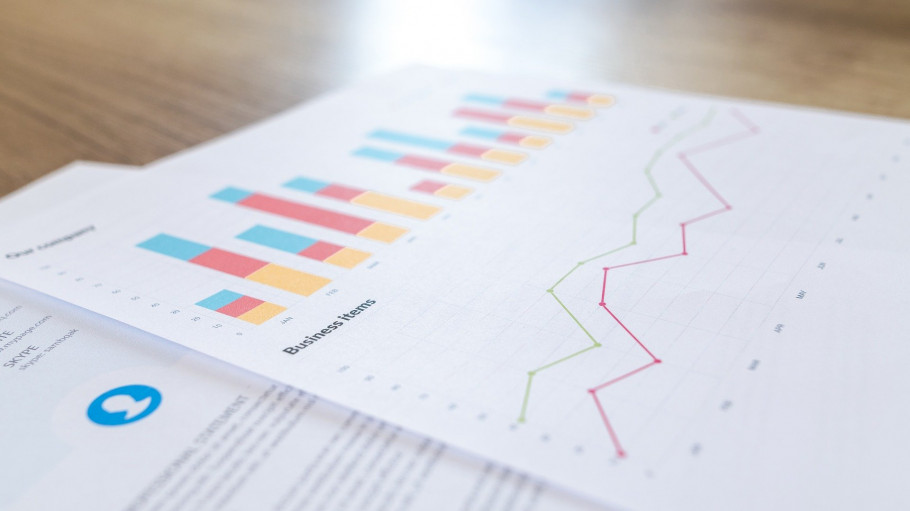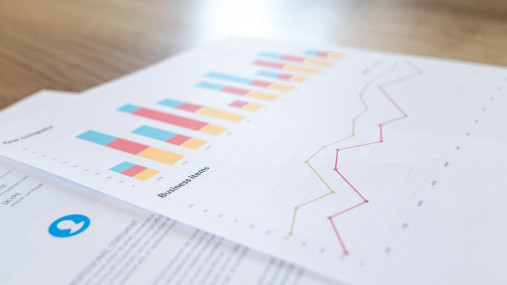

This infographic shows why the EU needs the EU steel safeguard - and why it needs to work. Steel is an intensively traded product in a market suffering from significant global overcapacity. This is affecting the financial and economic sustainability of the steel sector.
The safeguards are a justified trade policy response to import surges caused by external factors. The quota itself is based on the average volume data from 2015-2017. The quota increased by 5% in February 2019 and is schedule to increase by another 5% in July 2019. This expansion of the quota size is independent of the growth of the overall EU steel market.

Download this publication or visit associated links
A milestone occasion to quickly and effectively restore affordable electricity, to relaunch the
decarbonization and strengthen the international competitiveness of the European steel
industry.
Brussels, 02 December 2025 – Unchanged negative conditions – U.S. tariffs and trade disruptions, economic and geopolitical tensions, protracted weak demand and still high energy prices – continue to weigh on the European steel market. EUROFER’s latest Economic and Steel Market Outlook confirms for 2025 another recession in both apparent steel consumption (-0.2%, unchanged) and steel-using sectors (-0.5%, revised from -0.7%). A potential recovery is expected only in 2026 for the Steel Weighted Industrial Production index (SWIP) (+1.8%, stable) and for apparent steel consumption (+3%, slightly revised from +3.1%) – although consumption volumes would still remain well below pre-pandemic levels. Steel imports retained historically high shares (27%), while exports plummeted (-9%) in the first eight months of 2025.
Fourth quarter 2025 report. Data up to, and including, second quarter 2025